5 Pests Commonly Found at Holiday Dinners
5 Pests Commonly Found at Holiday Dinners
With the holiday season upon us, large dinners are becoming more frequent. We don’t mean “large” in the sense of the amount of food, though that is also likely true, but rather the number of people attending each dinner. While it’s fun to enjoy a home cooked meal with loved ones, it also opens the door (perhaps literally) for pests to invade. Various pests love our food and the warmth of our homes, so they will take any opportunity to invade our homes in order to reproduce and continue enjoying the provisions we unintentionally give them. Let’s take a look at five common pests that may be found at any stage of the holiday dinner process.
Ants
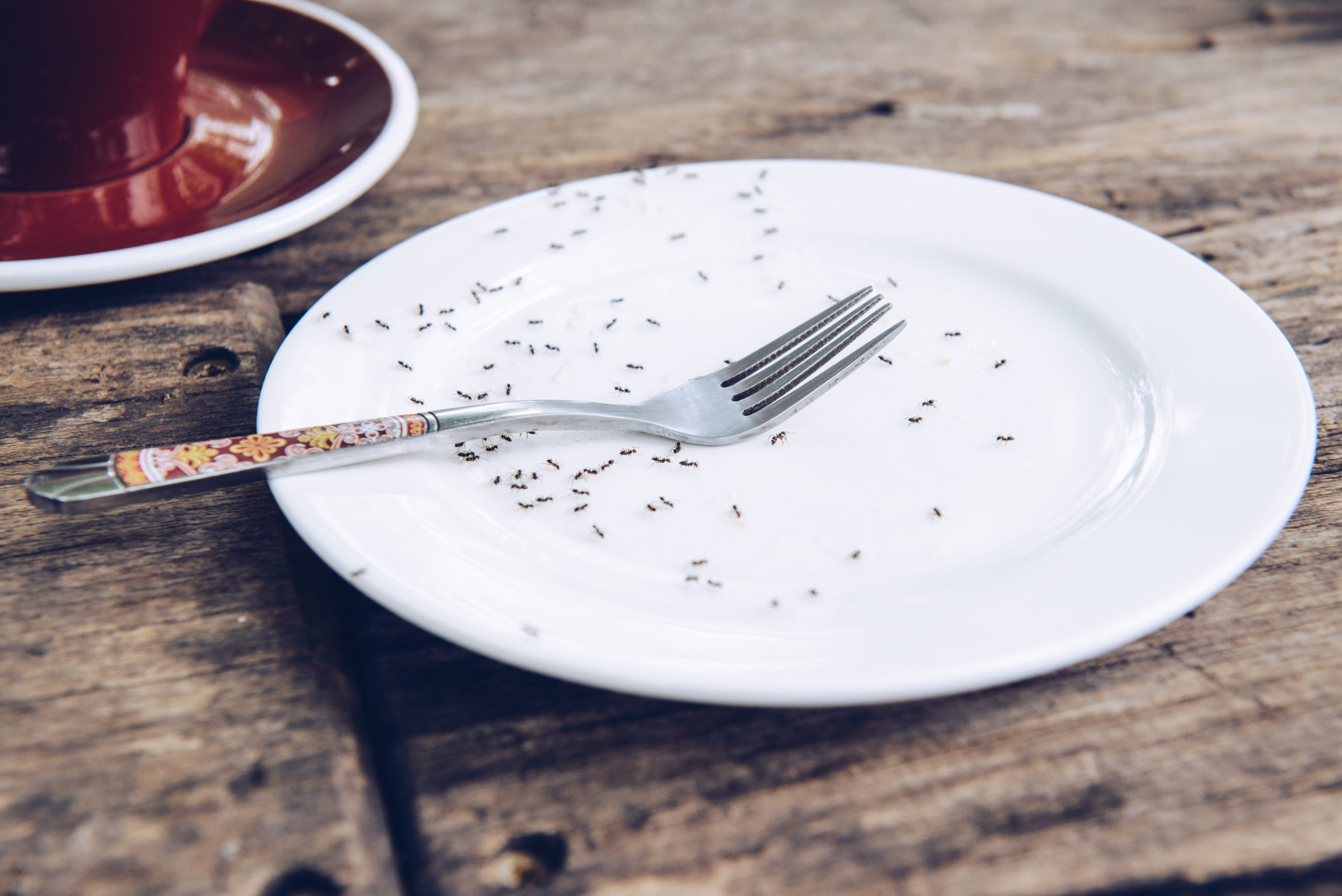
No food-centered pest list is complete without mentioning the most familiar tiny pests: ants. They will eat just about anything that we do, but they favor sweets and grease. The workers are the ants we see crawling all over our food during an invasion, as they are the ones responsible for providing for their colony. They leave a trail of invisible pheromones that lead the rest of the workers to the same food source. If dried goods are not stored correctly, they are susceptible to an ant attack. The boxes of rice, pasta, and pantry staples, as well as any chips or cereal bags, that are accumulating in the pantry need to be properly sealed to be resistant to ants. Place any opened foods in airtight containers for maximum protection. For example, take the actual food out of its original bag or box, and pour into the sealed container before storing in the pantry.
However, ants will not only try to invade before the dinner even happens. They are opportunists, meaning that they will eat just about anything they come across. If there are spills or crumbs under the dinner table, invading ants will likely make a beeline straight for those. Also, any improperly stored food that is left out for weeks on end may attract ants if they get inside. Try to keep the kitchen and dining areas as clean as possible to prevent the ants from sniffing out any meals. Another type of ant to watch out for is the carpenter ant. These ants burrow into moist wood to make their homes. If your guests are coming in and out of the house constantly, it can allow carpenter ants to seek out any damaged wood inside. They can also live in wooden fencing or play structures outdoors, which will have compromised structural integrity when the carpenter ants live inside the wood for too long. Keep any eye out for any small holes in the wood, as well as moisture damage in general.
Pantry Pests
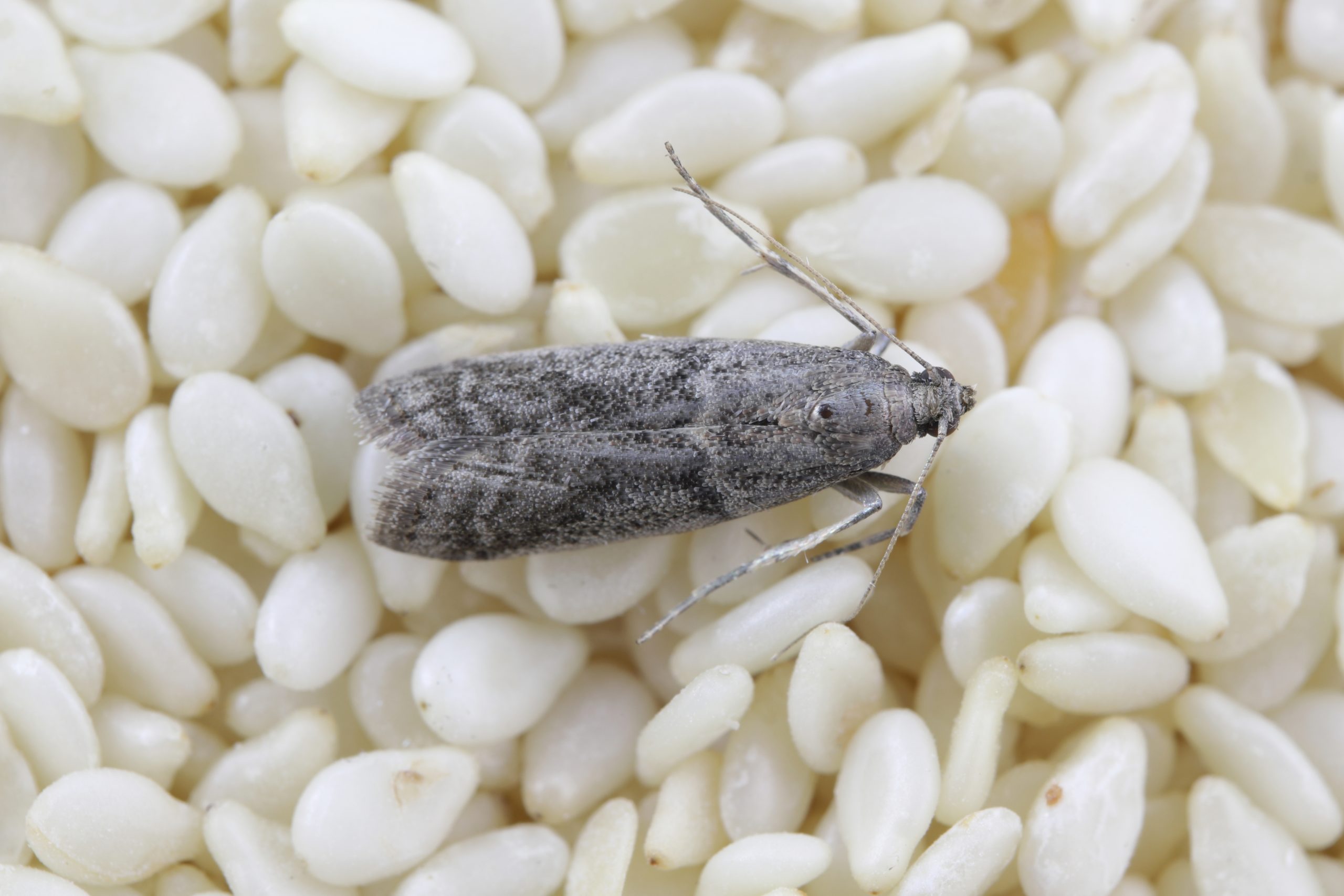
Holiday dinners often require an impressive amount of ingredients, which take up a lot of room in the pantry and cabinets. There are many small pests that fit in the category “pantry pests,” and they all have similar diets and habits. In general, pantry pests will eat any dried food that is stored at room temperature. Unfortunately, this means that the essentials we keep year-round are exactly what the pantry pests want. Some common targets of pantry pests are beans, rice, pasta, flour, sugars, cereals, cake mixes, honey, peanut butter, nuts, oats, popcorn, and breads. The most common pantry pests thankfully do not spread diseases to us, but that does not mean the food is safe if they invade. If the pests lay eggs and leave droppings in the food, which they often do, the food is contaminated and should be thrown out immediately.
There are a few common pantry pests that cause problems in multiple regions and climates. One is the IndianMeal moth, which lays hundreds of eggs in its short lifetime. They can live from one month to one year, depending on the conditions, and they are known for the silk webbing they leave wherever they go. Their favorite foods include pasta and baking essentials. Another one is the sawtoothed grain beetle. It is brown in color and lives for about 6 to 10 months. The sawtoothed grain beetle predictably loves any kind of dried food, including seeds and nuts. A third common pantry pest is the confused flour beetle, which is not as bewildered as its name may lead us to believe. They are reddish-brown and live for about one year, often living in flour mills. Their favorites are flour and grains, and can be found already in the bags of ingredients. The best way to prevent pantry pests is to keep all dried goods stored in airtight containers once opened, as well as cleaning all crumbs and spills in the kitchen.
Mice

As if a bunch of insects potentially invading wasn’t bad enough, mice also love the food we enjoy at holiday dinners. They even enjoy the ingredients and baking supplies that we keep in our kitchens. Mice want to live in our homes in the winter since they value being warm above all. They like to stay hidden and build their nests behind walls and objects in order to remain unnoticed as much as possible. Some of the most common hiding places of mice include behind walls, large appliances, and in attics or basements. Mice don’t hibernate, so they need to constantly eat and stay warm throughout the winter.
Mice are similar to ants in that they will eat just about anything they come across. But foods that are sticky or sweet naturally stand out to mice, which is why traps often include something in this category rather than cheese. Sugary cereals, peanut butter, and chocolate are popular favorites among the mice. They will take what they can back to their cozy nests in order to provide for their family, since mice reproduce frequently and can have around 10 in a litter. To prevent mice, keep all dried food properly stored. It can also be a great help to keep foods and ingredients in the fridge, even if they do not have to be refrigerated. This puts yet another barrier between the mice and our ingredients, which is a great thing to have year-round.
Roaches
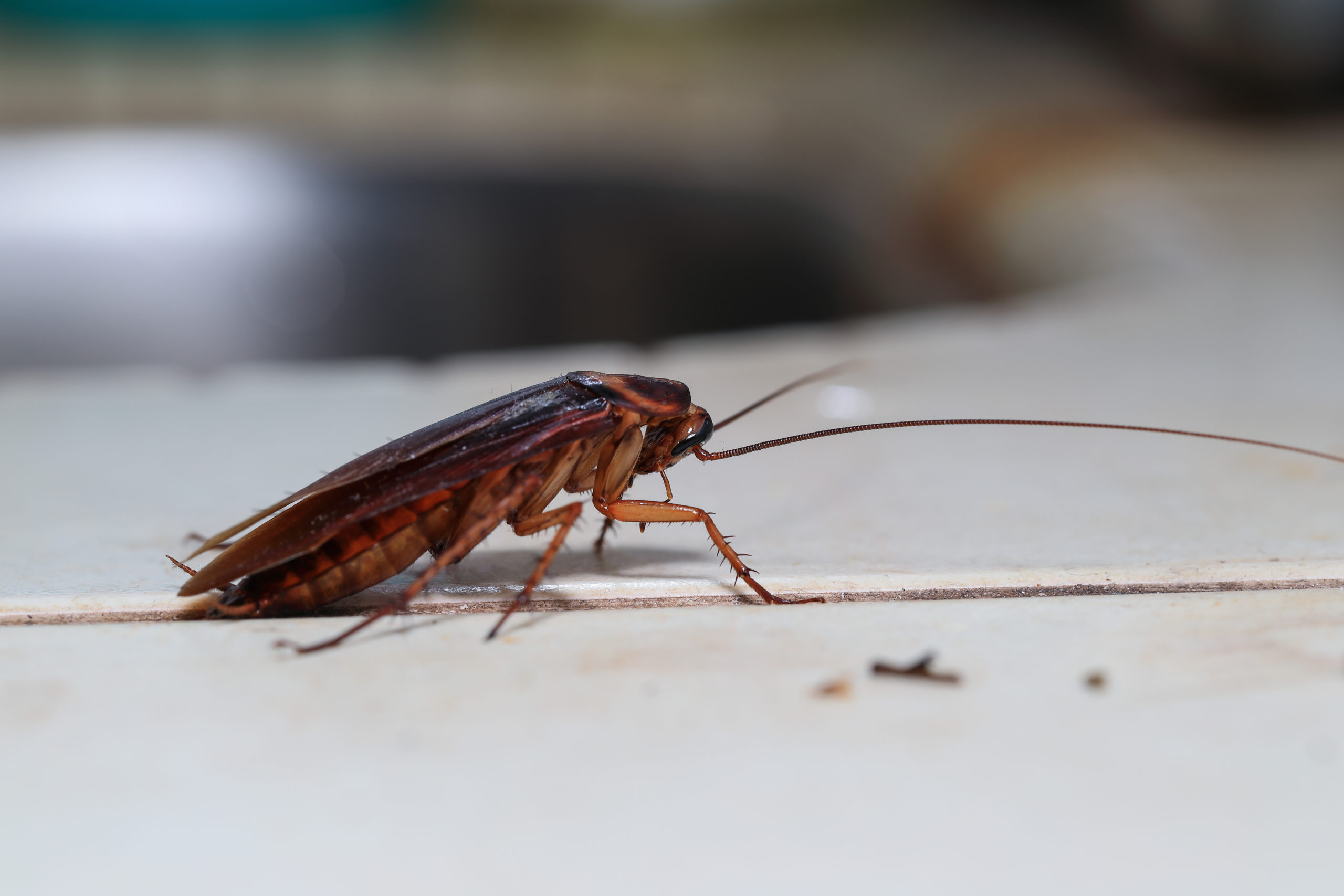
Cockroaches are potentially the most disgusting pests out there. They will eat everything in sight, which means the bacteria and diseases in the garbage and waste they walk on are transferred to the foods and surfaces they touch afterwards. They can hide in boxes and packaging if they are left alone for long enough. They are not typically found in small food packages, but larger cardboard boxes are a favorite shelter of roaches. They prefer dark and damp spaces, such as bathrooms, the laundry room, the garage, and the attic or basement. Their favorite foods have some level of starch, but they will also enjoy meats, sweets, and grease. Basically, anything that was once organic is appealing to the annoying cockroach.
They can invade at any point in the holiday dinner process if given the chance. Since they are nocturnal, roaches can go unnoticed for some time depending on their hiding spots. They can even go about one month without eating anything, so they will wait until the coast is clear to venture out for more food. Any crumbs and spills left uncleaned will draw roaches in, who can then turn to anything else in the area that would provide sustenance. But if they get into our food, they can easily contaminate it through their droppings and the contact they make with it. Some common diseases they cause are dysentery, cholera, and salmonella. If you believe that any food has been contaminated by roaches, throw it out immediately. Keep everything stored properly, and clean up after dinner to keep the roaches as far away as possible.
House Flies
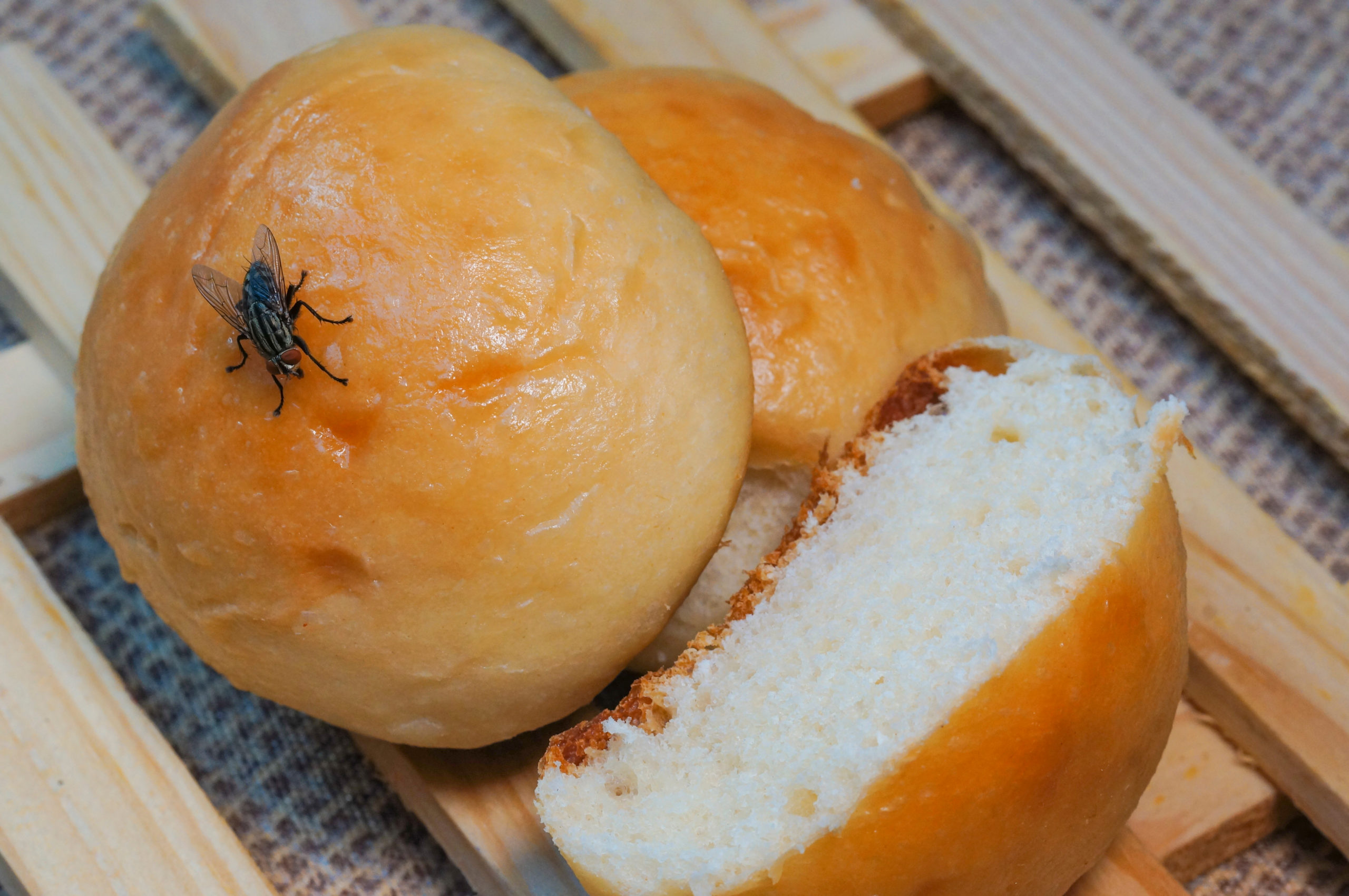
Unfortunately, house flies are not just a summer problem. As long as there is warmth and a close proximity to food, flies can continue living throughout every season. Until we leave food out, flies tend to stay away from us as much as possible. They lay their eggs in garbage usually, so keeping both the indoor and outdoor trash cans closed is crucial. House flies have an excellent sense of smell, which is why they make an appearance as soon as we bring out the delicious hot meal. Their taste receptors are on their feet, so flies need to walk all over the food to taste it and make sure it is safe to eat. Then, the fly will regurgitate digestive enzymes in order to drink the food through their long proboscis. This disgusting practice is exactly why we don’t want flies walking all over our food!
Besides keeping all leftovers stored and the kitchen clean after the dinner, the best way to prevent flies from crashing your party is to keep all doors and windows closed as much as possible. They can easily fly in through a door that was left cracked open, then make their way to the food and garbage. Make sure that the front door is closed after the guests enter. Also, check all window screens to ensure there aren’t any holes or tears before opening one for some fresh air. It may be chilly this time of year, but house flies can still be a problem once dinner is served.
Eco-Friendly Pest Control is On the Menu This Season
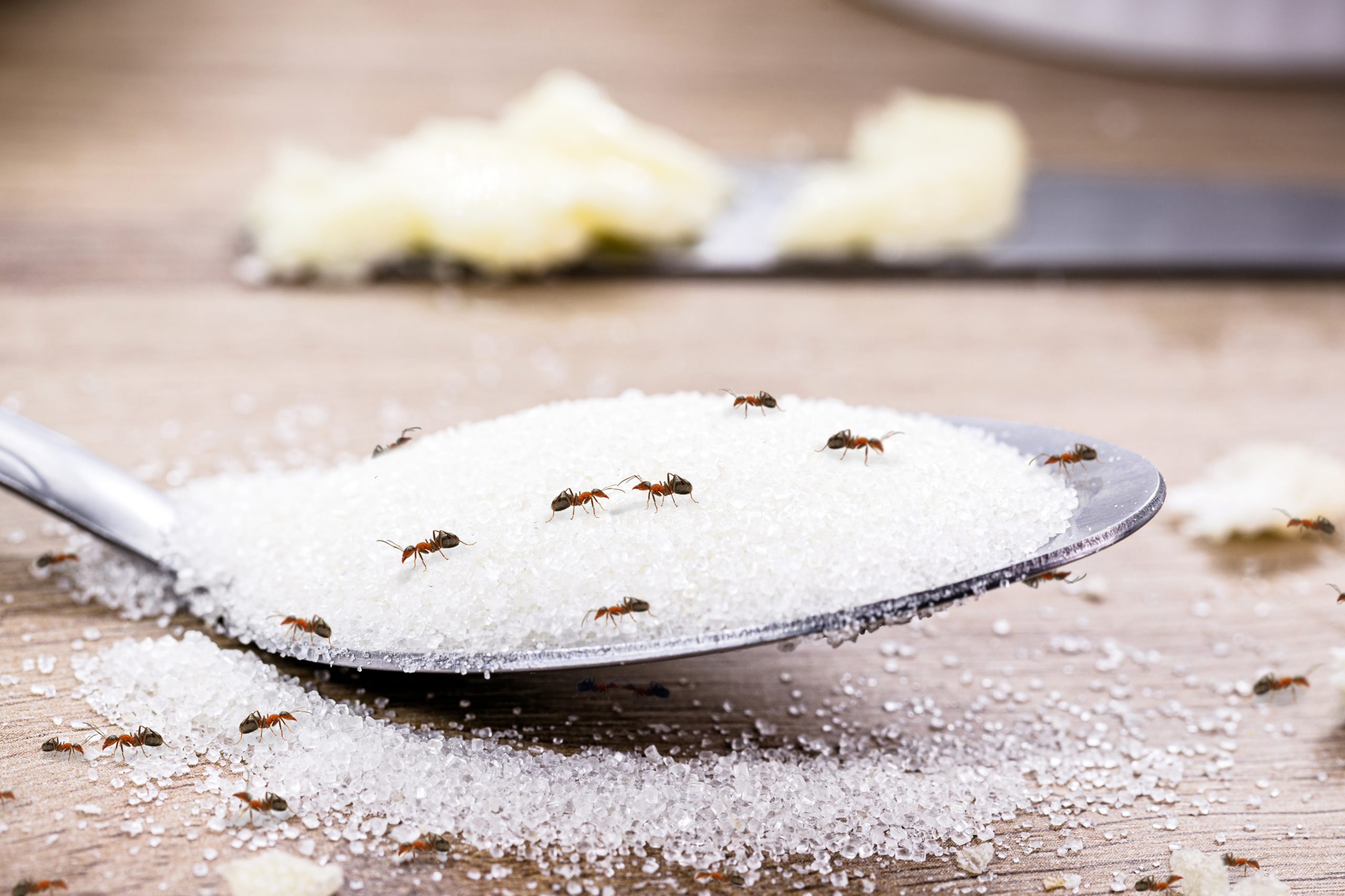
Winter is the best time for enjoying full, hot meals that make us feel all warm inside after eating. But no matter what soups or roast dinners your family enjoys this holiday season, a pest invasion is not a welcome sight any day of the week. A couple of everyday ways to prevent pests from inviting themselves to your dinners are to keep up with the dishes and consistently inspect the house for any gaps. It is not necessary to do the dishes the second a meal is finished, but it is productive to wash all the dishes in a timely manner. Ants, roaches, and rodents would all love the food remnants on a stack of dormant dirty dishes, so washing them soon after they are used eliminates that temptation. Small pests can fit through any kind of crack or gap in the house, so keeping an eye out for these imperfections is important. Seal any that you find with caulk and copper mesh if the opening is large enough, and try to keep all doors and windows closed as much as possible.
No matter how many family dinners you enjoy this month, professional pest control is essential in making sure that no pests make it inside. Green’s team of experienced technicians know the habits and life cycles of common pests, so we stay one step ahead through our treatments and inspections. Contact us for a free quote and to learn how our EPA-approved treatments can solve your pest problems before dinner is served.
Citations
Eaton, A. & Macccini, R. (n.d.). Kitchen pests [fact sheet]. University of New Hampshire Extension. Available at https://extension.unh.edu/resource/kitchen-pests-fact-sheet (Accessed on November 17, 2022).
Make holiday treats with love, not bugs. (n.d.). Pest World. Retrieved November 17, 2022, from https://www.pestworld.org/news-hub/press-releases/make-holiday-treats-with-love-not-bugs/
Malinowski, M.K. & Ricigliano, D. (2022, October 3). Identifying common household insect pests. University of Maryland Extension. Available at https://extension.umd.edu/resource/identifying-common-household-insect-pests (Accessed on November 17, 2022).
What do cockroaches eat?. (n.d.). Raid. Retrieved November 17, 2022, from https://www.raid.com/en-US/education/bug-basics/what-do-cockroaches-eat
8 Creative Ways to Have a Pest-Free Fourth of July
8 Creative Ways to Have a Pest-Free Fourth of July 8 Creative Ways to Have a Pest-Free Fourth of July Summary: The Fourth [...]
A Simple Guide to Preventing Stinging Pests
A Simple Guide to Preventing Stinging Pests A Simple Guide to Preventing Stinging Pests Summary: Stinging insects are more active in warm weather, [...]
These 10 Natural Mosquito Repellents Can Actually Help
These 10 Natural Mosquito Repellents Can Actually Help These 10 Natural Mosquito Repellents Can Actually Help Summary: Natural mosquito repellents are easier to [...]
How to Get Rid of Carpet Beetles
How to Get Rid of Carpet Beetles How to Get Rid of Carpet Beetles Summary: Carpet beetles are sneaky pests that don’t usually [...]
How Do Roaches Affect Asthma and Allergies?
How Do Roaches Affect Asthma and Allergies? How Do Roaches Affect Asthma and Allergies? Summary: It’s no secret that pests impact human health, [...]
These 5 Carnivorous Pests Might Surprise You!
These 5 Carnivorous Pests Might Surprise You! These 5 Carnivorous Pests Might Surprise You! Summary: There are many eco-friendly ways to prevent pests, [...]

